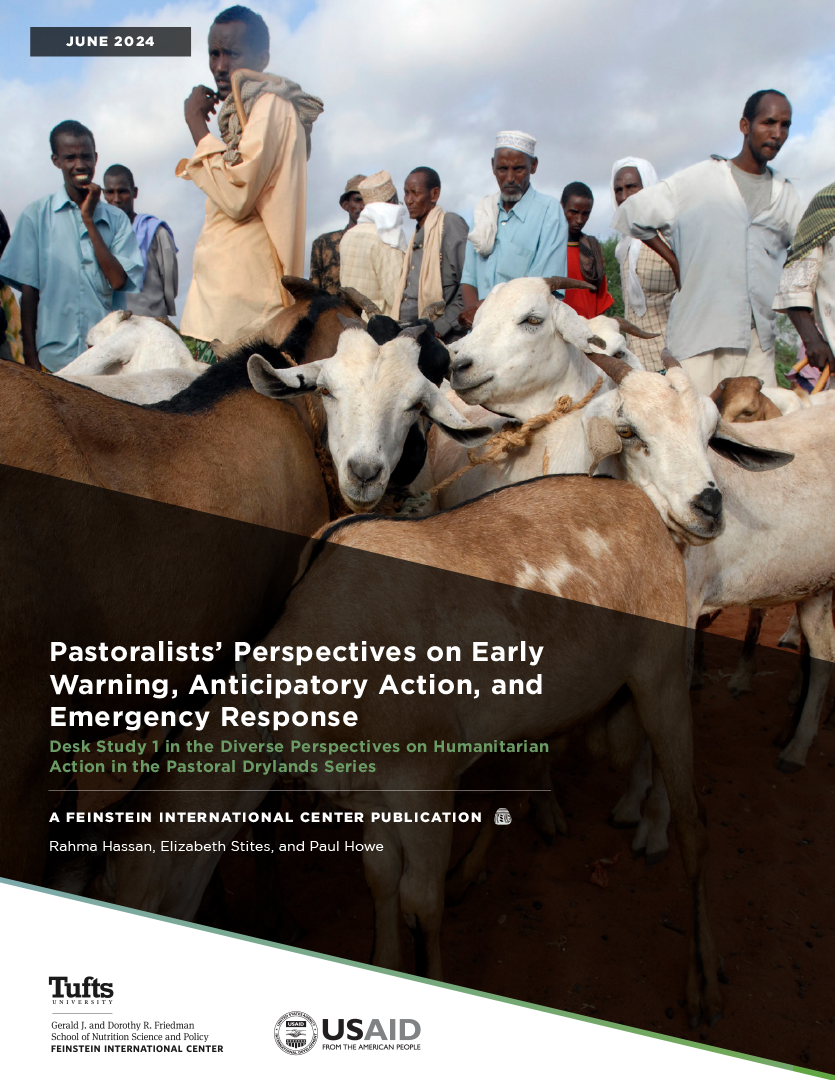Humanitarian research has long been dominated by institutions from the Global North (GN), while institutions and researchers from the Global South (GS) have been largely absent or relegated to minor roles. GN humanitarian research institutes (HRI) control the funding, which enables them to control research agendas, research standards, peer-reviewed publications, and the structure of partnerships with their counterparts in the GS. Therefore, GN organizations continue to shape knowledge generation and dissemination in the humanitarian sector.
Despite some progress in promoting GS participation in humanitarian research, continued under-representation of GS researchers undermines the quality of humanitarian research and its ability to improve humanitarian programming outcomes.
Building on a previous report on the localization of humanitarian assistance, this study focuses on issues unique to the localization of humanitarian research.
Four major themes emerge from the report:
- Power differentials define the relationships between GN actors and GS HRIs and dictate how the HRIs engage in humanitarian research.
- The research agenda and what it means to conduct robust research is defined by GN HRIs, based in some cases on unfounded biases against GS researcher skills and GS research methods.
- GS HRIs are more likely to engage in more participatory research, more closely aligning with the needs and norms of the crisis-affected population.
- There has been a shift toward more equitable access to research, but it is still ad hoc and far from equitable. This results in lost learning and, therefore, less effective humanitarian assistance.
The barriers to GS HRIs’ equitable participation are systemic and profound, necessitating structural changes. The report offers recommendations for GN donors, NGOs, and HRIs, including:
- Recognize the power differential between GN donors or research partners and GS HRIs.
- Engage GS HRI actors as early as possible in the research process, providing the space for them to set research agendas.
- Build flexibility into donor expectations to value research methods, designs, and uptake appropriate for different contexts and consider capacity differences among GS HRIs.
- Continue to explore new paradigms for funding or supporting GS HRI research. Adapt the funding process to make it accessible to GS HRIs. Use proposal evaluation criteria that do not favor the GN methods. Adjust donor research reporting requirements where necessary.
- Accommodate the many different languages used by GS HRIs. Budget for translations where necessary.
- Provide support for the publishing process to raise the visibility of GS HRI research among international audiences.
- Recognize that GS HRIs may need equal or larger overhead budgets than GN HRIs to build their research capacity in the absence of national infrastructure or to cope with higher costs for basic infrastructure.
- Promote GS-led research and GS-GS collaborations and support long-term co-learning partnerships between GN and GS HRIs.
This study was conducted by the Feinstein International Center and the NEAR Network. It was made possible through support provided by the Office of Acquisition and Assistance, Bureau for Management, United States Agency for International Development (USAID), under the terms of Cooperative Agreement No. 720FDA20CA00065. The opinions expressed herein are those of the authors and do not necessarily reflect the views of USAID.







